 |
 |
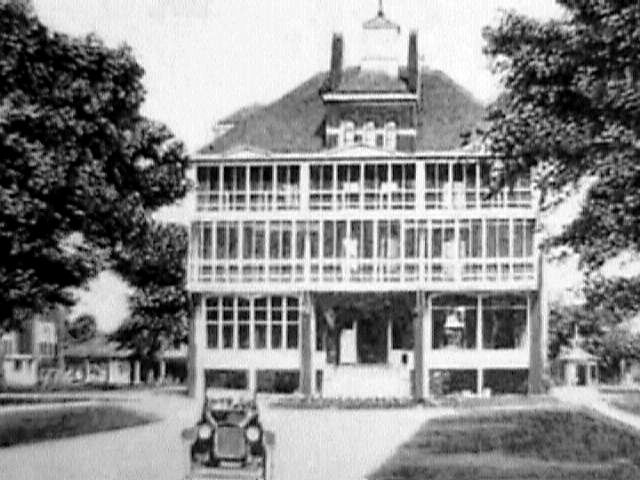 An
act of legislature in 1885 established the Wisconsin Child Care Center
in Sparta, Wisconsin. The Legislature set aside $30,000 for this
project. The State Board of Supervisors selected 165 acres in the city
of Sparta. The facility was named the “ State Public School for Dependent
and Neglected Children.” Only three buildings were built in the beginning. An
act of legislature in 1885 established the Wisconsin Child Care Center
in Sparta, Wisconsin. The Legislature set aside $30,000 for this
project. The State Board of Supervisors selected 165 acres in the city
of Sparta. The facility was named the “ State Public School for Dependent
and Neglected Children.” Only three buildings were built in the beginning.
In 1886 the Child Care Center became under the control of State Board of Supervisor of Wisconsin Charitable, Reformatory and Penal Institutions. Four years after opening the school had 2,221 children who had come through its doors. Some stayed for a few weeks, others months, or even years. Many children were placed in homes. Some were indentured to work for families, other fostered out, while the most fortunate were adopted by loving families. The school was only meant to be a holding place for children who had been neglected, abandoned, or were needy. The ages of children who were admitted to the C 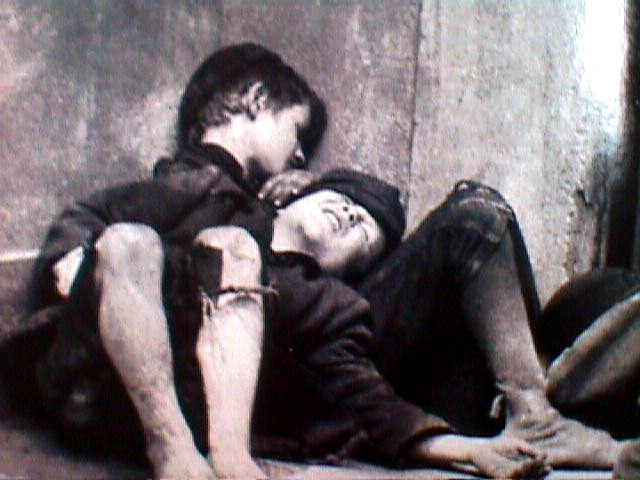 hild
Care Center at this time ranged in age from 3 years to 16 years.
It was important for children to receive education for the mind, body and
soul. While at the Child Center, children received a regular school education.
School was from kindergarten to grade nine. Older girls learned cooking
and sewing. Older boys were taught farming. Children reaching sixteen years
old, who had not been placed in a home, were sent back to the area they
came from. All children admitted to the Child Care Center became
dependents of the Board of Supervisors. Their parents were no longer their
legal guardians. Because of this, teachers and matrons were carefully
selected to help provide a home-like atmosphere for the children housed
at the Care Center. hild
Care Center at this time ranged in age from 3 years to 16 years.
It was important for children to receive education for the mind, body and
soul. While at the Child Center, children received a regular school education.
School was from kindergarten to grade nine. Older girls learned cooking
and sewing. Older boys were taught farming. Children reaching sixteen years
old, who had not been placed in a home, were sent back to the area they
came from. All children admitted to the Child Care Center became
dependents of the Board of Supervisors. Their parents were no longer their
legal guardians. Because of this, teachers and matrons were carefully
selected to help provide a home-like atmosphere for the children housed
at the Care Center.
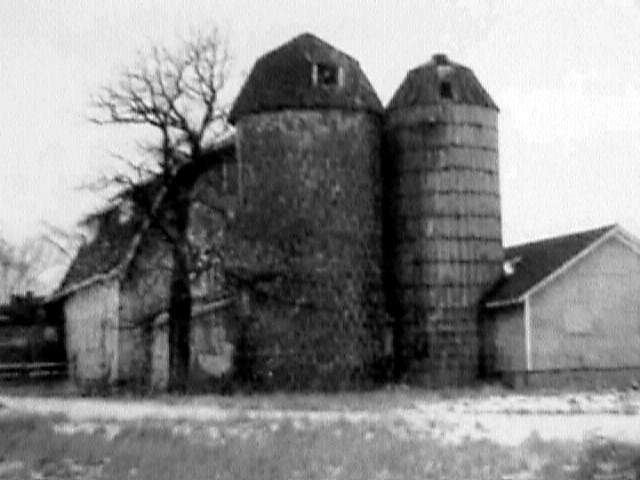 It
was difficult for the Board of Supervisors to decide where to place the
Child Care Center in Wisconsin. They wanted to follow the model of Coldwater,
Michigan’s state school which had been established in 1874. Sparta was
chosen for it’s attractive location, good water, well drained soil and
proximity to the railroad. The fact that the land already had a small farm
on it was also a plus. With a few small improvements the farm was
used by the school. By placing the Child Care Center in Sparta, it
helped the local economy by providing jobs and opening trade. It
was difficult for the Board of Supervisors to decide where to place the
Child Care Center in Wisconsin. They wanted to follow the model of Coldwater,
Michigan’s state school which had been established in 1874. Sparta was
chosen for it’s attractive location, good water, well drained soil and
proximity to the railroad. The fact that the land already had a small farm
on it was also a plus. With a few small improvements the farm was
used by the school. By placing the Child Care Center in Sparta, it
helped the local economy by providing jobs and opening trade.
By 1887 the school had already run out of space to hold the growing number of children in its care.  Between
1887 and 1889 two more cottages were built. Also added was an administration
building, a school building, a separate laundry, an engineer’s residence,
and a boiler room. Between
1887 and 1889 two more cottages were built. Also added was an administration
building, a school building, a separate laundry, an engineer’s residence,
and a boiler room.
The school was two stories tall and had three classrooms. The number of the classrooms doubled to six by 1909. In 1889, the Child Care Center bought and remodeled a building to be used as a hospital. Nine years later in 1998 and additional hospital was built. The Child Care Center received 2300 feet of fencing, that had been on the grounds of the State Capitol. The King of Norway had given this beautiful fence to the people of Wisconsin. Between 1953 and 1969 the fence was removed from Sparta and placed around the Wisconsin’s governors mansion. Before 1900 a garage, lumber storage, and two outdoor pavilions were built. Even with all of the building in the early years, the buildings or residents cottages as they were called housed more than twenty, and sometimes between fifty and sixty children at one time. All of these children were cared for by one matron. Children slept in huge room that were called dormitories. 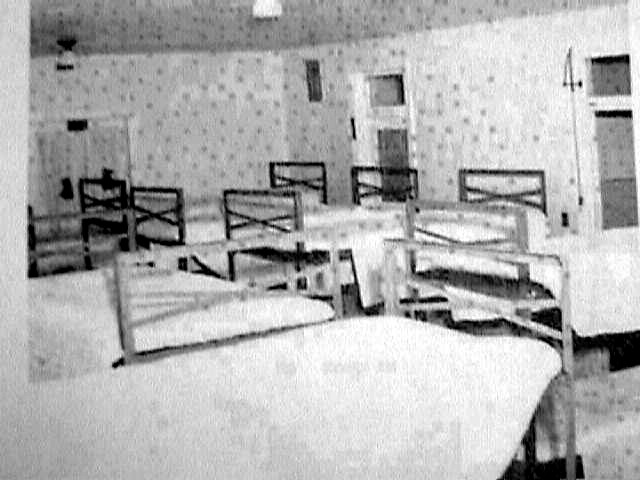 With
such close quarters, it is easy to see why diseases spread quickly throughout
the school. With
such close quarters, it is easy to see why diseases spread quickly throughout
the school.
In the early 1900’s the Child Care Center still tried to make sure that every child whether physically handicapped or not would become an adult who could take care of themselves. It was during this time the Child Care Center saw the need to lighten the strictly structured day and all of the rigid rules. The staff at the Child Care Center also realized that it needed to reduce the number of children in each cottage. It was felt that between twenty and twenty five students would be the perfect number to care for. But, in 1901 Legislation allowed for children younger than three to brought to the Child Care Center. By 1922 Legislation authorized the admitting of children with treatable handicaps. 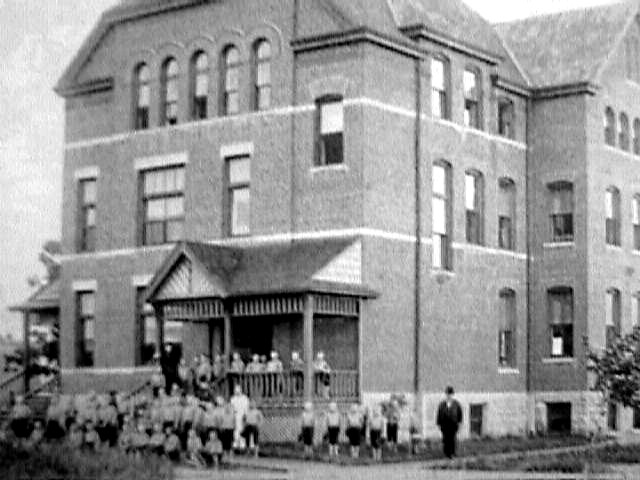 In the late 1890’s children being admitted to the Child Care Center had
dropped, but with the changes made by the Legislation in the early 1900’s
the numbers of children brought to the Center began to rise. By June
of 1901 there were 156 children housed in three cottages. The new
superintendent saw the need to open a fourth cottage. Even with
the opening of this cottage, by 1908 there were nearly sixty children in
all of the cottages. By June of 1920 there were 256 children who
lived at the Child Care Center. Reports were sent to the State Board
of Control that the school was overcrowded.
In the late 1890’s children being admitted to the Child Care Center had
dropped, but with the changes made by the Legislation in the early 1900’s
the numbers of children brought to the Center began to rise. By June
of 1901 there were 156 children housed in three cottages. The new
superintendent saw the need to open a fourth cottage. Even with
the opening of this cottage, by 1908 there were nearly sixty children in
all of the cottages. By June of 1920 there were 256 children who
lived at the Child Care Center. Reports were sent to the State Board
of Control that the school was overcrowded.
Part of the trouble was that many of the children who had been boarded out or placed out were being returned to the Center. Most would then remain until they turned eighteen years old. Unfortunately, the actual adoption of children was very small compared to the number of children that were coming into the Center. Many older children were “placed out” or indentured. This was because they were 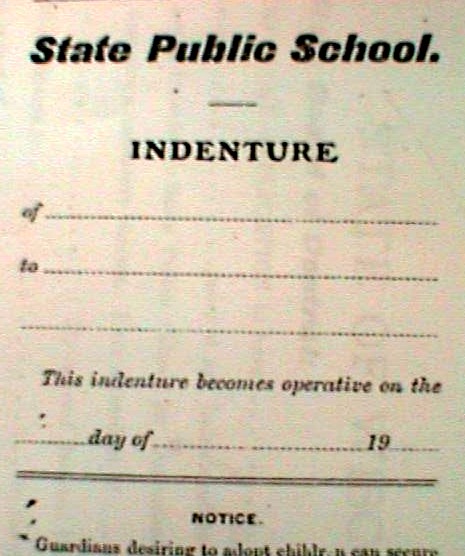 helpful for farm or house work. After a child turned eighteen years
old (in some cases twenty one) the foster parents brought them back to
the Child Care Center and paid $50.00 for the use of the child. Most
requests for children were granted. The State Control Board was to
check on the well being of every child that was placed out. This
was to happen at least two times a year. Often this did not always
happen. Yet, the State Board remained the child’s legal guardian,
just in case the child would need to be removed from a bad home.
helpful for farm or house work. After a child turned eighteen years
old (in some cases twenty one) the foster parents brought them back to
the Child Care Center and paid $50.00 for the use of the child. Most
requests for children were granted. The State Control Board was to
check on the well being of every child that was placed out. This
was to happen at least two times a year. Often this did not always
happen. Yet, the State Board remained the child’s legal guardian,
just in case the child would need to be removed from a bad home.
Some students were able to attend the local high school and even went to universities. Even though there was a hospital on site, medical attention was limited. The buildings that were called the hospital were used more to isolate the children who had become sick, more than it was able to treat them. The infirmary took care of first aid, some minor treatments, laboratory testing, minor operations, and simple examinations of children. All new students were required to have a physical examination and were kept isolated from the rest of the children for two weeks. This was done in an effort to prevent the spread of disease. The staff had only a small amount of training in helping children with disabilities. With too little room and too little knowledge, contagious diseases sometimes ran through the entire school. Some children died.  Two
more cottages were built to accommodate the growing number of children.
One of the buildings became a nursery for the children who came that were
under three years old. Also built was a lumber storage shed, a slaughter
house, meat storage house, a young stock barn, root cellar, horse barn,
wagon shed, corn crib, and a chicken house. By continuing to make
the farm larger it not only provided a work experience for the older boys,
but also provided all of the food for the children. Two
more cottages were built to accommodate the growing number of children.
One of the buildings became a nursery for the children who came that were
under three years old. Also built was a lumber storage shed, a slaughter
house, meat storage house, a young stock barn, root cellar, horse barn,
wagon shed, corn crib, and a chicken house. By continuing to make
the farm larger it not only provided a work experience for the older boys,
but also provided all of the food for the children.
As the years of the Depression began, fewer children were placed out to families around the area. Two reasons for this were that families could barely feed their own, and many children had problems that made them difficult to place. In 1932 there were 502 children that were considered residents. That does not mean that all of the children lived at the Child Care Center. By the year of 1936 the number of residents grew to 550, of that number 321 lived at the Child Care Center, the rest of the children had been 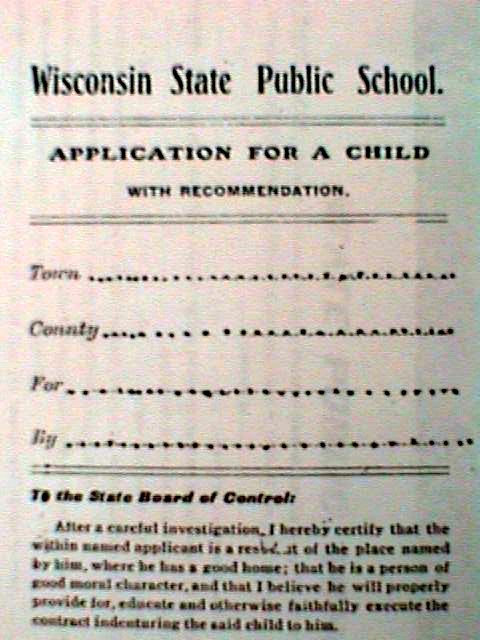 placed out or adopted. At this time, the school was very over crowded.
Most of the 321 children that were living there at could not be placed
out for one reason or another. This made way for changes to cope
with what to do with all of the children.
placed out or adopted. At this time, the school was very over crowded.
Most of the 321 children that were living there at could not be placed
out for one reason or another. This made way for changes to cope
with what to do with all of the children.
In 1921 it was realized that not all children would find a home outside the Child Care Center. The school was now thought of as a long care facility. It was now more important to make sure that children had a proper education. Students could stay at the Center until they were twenty-one years old if no placement could be found for them. Money was given by the state to make improvements and hire more medical and educational staff. 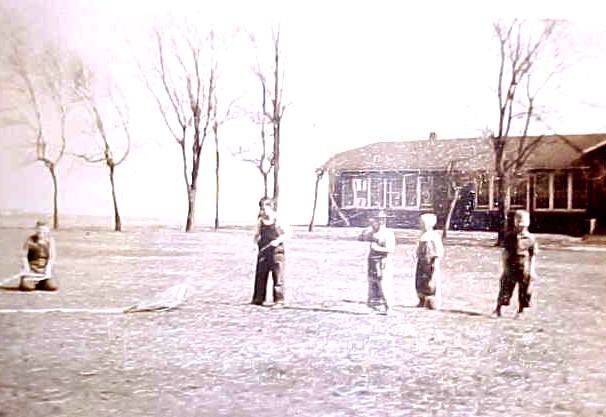
Changes were made in 1922 by the Juvenile Division of the Wisconsin State Board. They found that some children were admitted to the school without enough information about the child’s situation. Children could just be brought to the Center and left. A parent may have had to bring children for one reason or another thinking that they could come back and get them a short time later, this was not the case. Some people did not understand that by bringing their children to the Child Care Center, they were giving them to the state to care for. It would be the decision of Child Care Center as where to place the children, either adoption, indenture or foster care. But, in 1923 a law was written that made it possible for parents to get their children back from the Child Care Center. However, they had to agree to counseling. Of the children that were indentured or placed out, as many as one-third were returned to the Child Care Center. It was nearly impossible for the state agents to visit all of the homes on a regular basis. Some of the children that were indentured or placed out, became no more than extra help. They did not receive further education or vocational skills that had been agreed upon, when a family applied for them. Children with special needs mainly got shelter, food, and clothing from their host families, but no other assistance to help them. 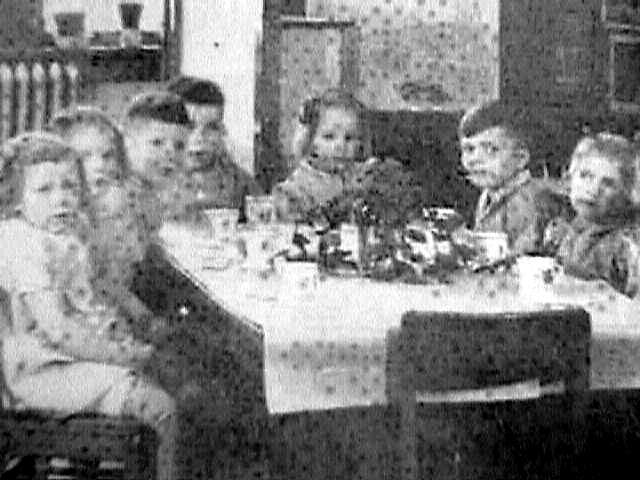 From
the study, it was recommended that a local and county social service agency
be created. It would become their job to study each child individually,
look carefully at their home situation, look into community resources,
and commit to bringing the child back to their real family. It was
very important to try to keep families together. Another change that
occurred from the study was that the Child Care Center began to look for
good families to care for children. These became known as “free homes”,
since the family no longer paid for the child’s services. The Child
Care Center no longer relied on applications for children to be indentured
to families. The Child Care Center also began to reimburse families
for the care of children with special needs. Adoption of children
from the Center was still possible. From
the study, it was recommended that a local and county social service agency
be created. It would become their job to study each child individually,
look carefully at their home situation, look into community resources,
and commit to bringing the child back to their real family. It was
very important to try to keep families together. Another change that
occurred from the study was that the Child Care Center began to look for
good families to care for children. These became known as “free homes”,
since the family no longer paid for the child’s services. The Child
Care Center no longer relied on applications for children to be indentured
to families. The Child Care Center also began to reimburse families
for the care of children with special needs. Adoption of children
from the Center was still possible.
 The Child Care Center began to reorganize in 1924, with a free home placement
program. They now made a careful examination of each child’s situation
as they were brought to the Center. The Center offered a planning
service to families who were thinking of leaving their children, this was
to help them find ways to stay together. The Center looked to the
community of Sparta for resources to further assist the children in their
care. Treatment plans were no longer made without first consulting
the child’s doctor, cottage matron, school teacher, psychiatrist, and psychologist.
The Child Care Center began to reorganize in 1924, with a free home placement
program. They now made a careful examination of each child’s situation
as they were brought to the Center. The Center offered a planning
service to families who were thinking of leaving their children, this was
to help them find ways to stay together. The Center looked to the
community of Sparta for resources to further assist the children in their
care. Treatment plans were no longer made without first consulting
the child’s doctor, cottage matron, school teacher, psychiatrist, and psychologist.
In 1929 a “boarding home” plan was started. Families who could no longer care for their handicapped children could bring them to the Child Care Center. Families had to pay a fee for the room and boarding of their child. This plan increased during the years of the Great Depression when fewer families in the community could offer “free care” to residents. In the 1930’s the Center placed more importance on having specially trained staff to assist the handicapped students. All children were evaluated, and given appropriate treatment plans, designed for their individual needs. 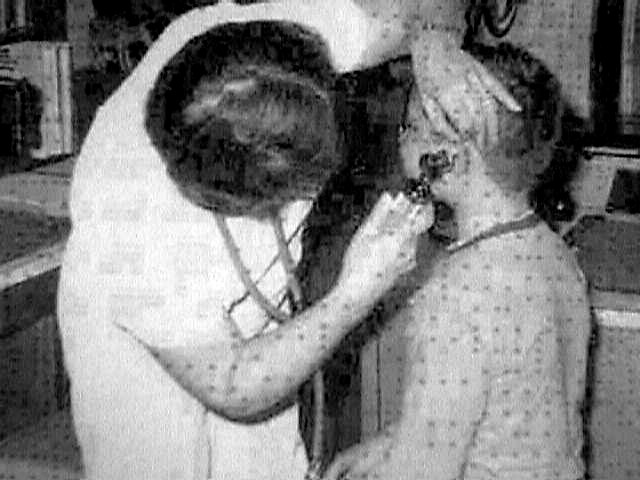 The
infirmary was built in 1932. This did much to improve the health
of the children at the Child Care Center. It was easier to isolate
children who had just arrived, and those who were ill. Examinations
of children had not been held on a regular basis, now all children had
a biannual physical examine to determine their overall health and well
being. Minor surgeries and routine dental care could now be done
for children in need of such care. Before this time, dental work
was only taken care of on an emergency basis. Children were being
well cared for. The
infirmary was built in 1932. This did much to improve the health
of the children at the Child Care Center. It was easier to isolate
children who had just arrived, and those who were ill. Examinations
of children had not been held on a regular basis, now all children had
a biannual physical examine to determine their overall health and well
being. Minor surgeries and routine dental care could now be done
for children in need of such care. Before this time, dental work
was only taken care of on an emergency basis. Children were being
well cared for.
By the 1960’s the focus of the Child Care Center had changed. Its main function was no longer to educate, find suitable home, and care for orphaned or abandoned children. It had become Wisconsin’s only place for juvenile law offenders under the age of twelve. Children who had been arrested for breaking the law, and were waiting for their court appearances were brought to the Child Care Center to live. 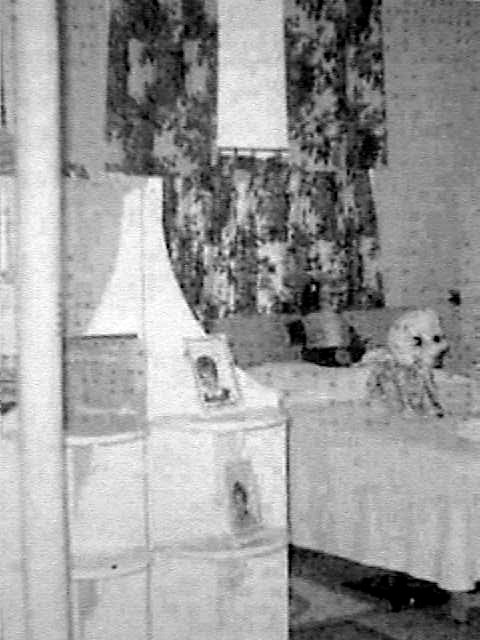 J.F. Holmes was the superintendent of the Child Care Center and Mrs. Kittleson
was the supervisor of the Annex. The Child Care Center had been divided
into two separate facilities, each with a different purpose and function.
The Child Care Center housed children who had been neglected, abandoned,
relinquished, or who were in trouble with the law. The Annex housed
children with special needs. The Child Care Center housed eighty
five children between the ages of seven years and nineteen years.
Most of the children had emotional, physical, or educational problems.
All of the children were under the guardianship of the state of Wisconsin.
Major changes in the child or their home life had to occur before the child
was allowed in foster care or back to their own home. The Annex housed
192 seriously mentally and physically impaired children. The children
in the Annex were one year old to eleven years old. The Annex and
the Child Care Center each had five cottages in which to house the children.
As much as possible the staff of 192 tried to keep a homelike atmosphere
for the children.
J.F. Holmes was the superintendent of the Child Care Center and Mrs. Kittleson
was the supervisor of the Annex. The Child Care Center had been divided
into two separate facilities, each with a different purpose and function.
The Child Care Center housed children who had been neglected, abandoned,
relinquished, or who were in trouble with the law. The Annex housed
children with special needs. The Child Care Center housed eighty
five children between the ages of seven years and nineteen years.
Most of the children had emotional, physical, or educational problems.
All of the children were under the guardianship of the state of Wisconsin.
Major changes in the child or their home life had to occur before the child
was allowed in foster care or back to their own home. The Annex housed
192 seriously mentally and physically impaired children. The children
in the Annex were one year old to eleven years old. The Annex and
the Child Care Center each had five cottages in which to house the children.
As much as possible the staff of 192 tried to keep a homelike atmosphere
for the children.
Each employee was given two weeks of training under the experienced cottage 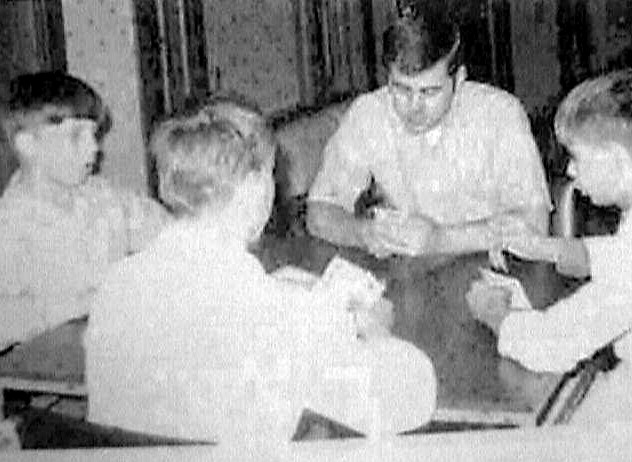 supervisors. Employees had to learn tolerance and proper measures
of discipline. Most of the discipline involved the removal of privileges.
In cases of serious trouble with a child, they were sent to the Boy’s and
Girl’s School in Waukesha or Oregon. Employees who worked in the
Annex were given even more specialized training to work with the children
with special needs. Each child had their own program designed especially
for their needs. These programs were followed on a daily schedule
to make sure the child had the best possible care for their condition.
supervisors. Employees had to learn tolerance and proper measures
of discipline. Most of the discipline involved the removal of privileges.
In cases of serious trouble with a child, they were sent to the Boy’s and
Girl’s School in Waukesha or Oregon. Employees who worked in the
Annex were given even more specialized training to work with the children
with special needs. Each child had their own program designed especially
for their needs. These programs were followed on a daily schedule
to make sure the child had the best possible care for their condition.
The grade school at the Center also put an emphasis on corrective speech therapy, self expression in the areas of art, music, and physical education. There were seventy eight students who went to the on site grade school. Sparta’s local high school was attended by twenty two students, and one student remained at the Center to receive his high school training. 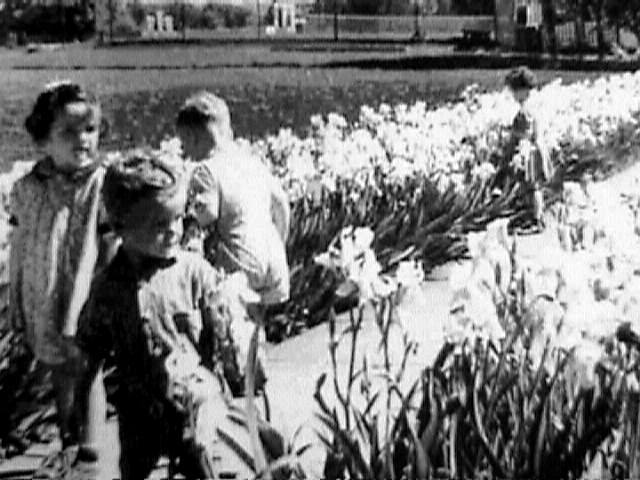 It was felt by many that children at the Child Care Center and Annex were
getting the help that they could not have at home. With the family
atmosphere and the well trained staff it was the next best thing to having
a home that many of the children had ever experienced.
It was felt by many that children at the Child Care Center and Annex were
getting the help that they could not have at home. With the family
atmosphere and the well trained staff it was the next best thing to having
a home that many of the children had ever experienced.
The Child Care Center officially closed it’s doors on July 1, 1976 after serving the state for 89 years. The Child Care Center and it’s remaining buildings were sold to the city of Sparta for $650,000. Children remaining at the center at the time of closing were placed in foster care. Some of the buildings have been demolished to make way for progress, a few are still in use.  The
Sparta Municipal Golf Course was constructed on the area which had been
used to as farmland to feed the hundreds of children who had lived at the
Child Care Center. In the midst of the golf course there is haunting
reminder of what the land used to be, the Child Cemetery is surrounded
by a white fence and trees. The
Sparta Municipal Golf Course was constructed on the area which had been
used to as farmland to feed the hundreds of children who had lived at the
Child Care Center. In the midst of the golf course there is haunting
reminder of what the land used to be, the Child Cemetery is surrounded
by a white fence and trees.
United States Department of Interior, National Park Service, National Register of Historical Places Continuation Sheet: State Public School, Sparta, Monroe County, Wisconsin. Section 8 Pages 38-52 La Crosse Tribune, 1960, Written by Nora Magelee ArCat: Wisconsin Child Center
Photo of Homeless Boys courtesy of:
Historical Photos of Child Care Center courtesy
of:
|